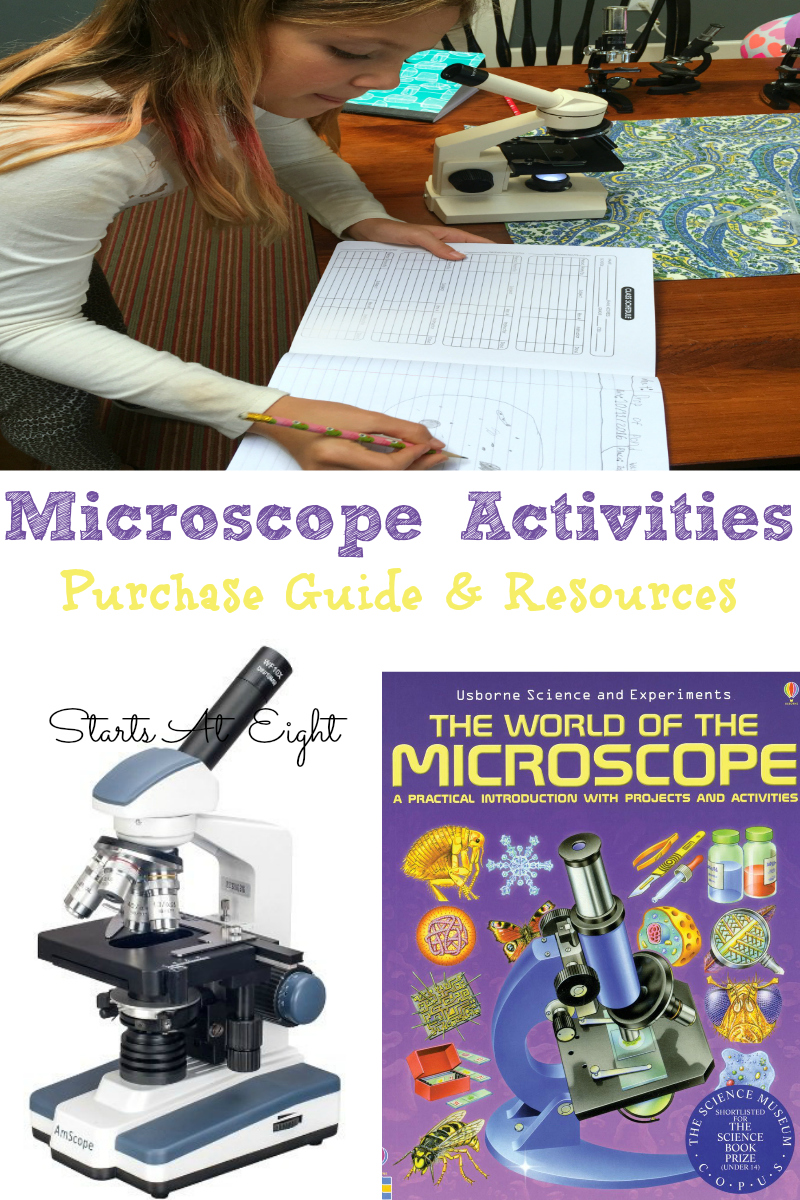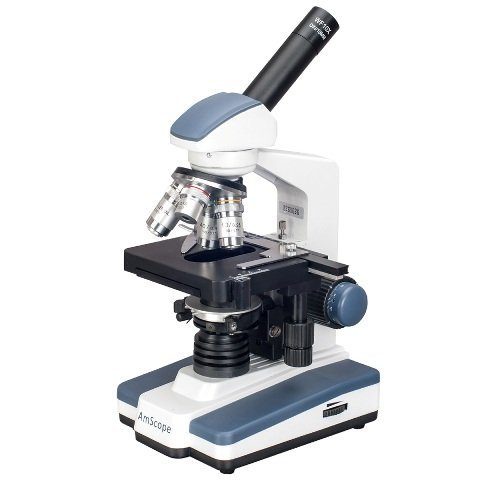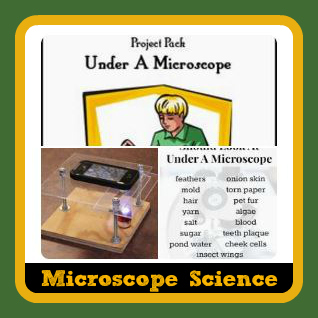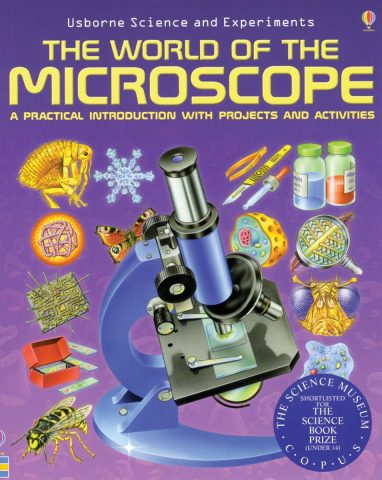Microscope Activities – Including a Purchase Guide & Resources
One of the staple purchases you want to make for your homeschool science studies is a microscope. From the early elementary years you can begin with basic microscope activities, building up to full blown usage for biology study in the high school years.

Microscope activities can easily begin in the elementary years. While students at this age may not be able to prepare their own slides, they can certainly learn basic microscope structure and usage. This will lay a solid foundation for microscope use in high school biology.
Purchasing a Microscope

A microscope may just be one of the biggest homeschool science purchases you make. While you don’t need to have a top of the line microscope, there are certain features you may want to consider before purchasing.
Microscope Features to Consider
These features start with the basics that you want to have (first 3) and increase to more complex, less needed features. Sticking to basics will help keep the overall cost down, but you may want to consider other features based on your personal needs.
- Rotating eyepiece
- Magnification levels of at least 40, 100, and 400x
- Fine and course focus controls
- LED or cool florescent light source (these differ in energy and heat output)
- Cordless or corded (having a battery powered microscope could be useful in tight spaces or with little ones moving about.
- Mechanical stage vs. stage clips (mechanical help to provide easier movement of the slide while viewing)
- Iris diaphragm for better control of the amount of light on your slide
- Oil immersion lens (used in advanced or microbiology study)
- There are also specialty microscopes such as Stereo and dissecting microscopes. Stereo microscopes are designed for viewing whole objects such as minerals, insects, stamps, and coins, although they can also be used to view slides. They have lower magnification power than compound microscopes.
- And a digital microscope which you can use it to save, edit, and share still and video images of specimens. Display the magnified images on your computer, project them onto a screen, and send them by e-mail. Imaging software lets you zoom, count cells, create reports, and more.
Where to Purchase a Microscope
Microscope Activities & Resources
Parts of a Microscope
Microscope Books
Microscope Activities
- 8 Fun & Easy Microscope Experiments for Kids – including fiber, hair, salt vs. sugar and more!
- Microscope Activities for things from the beach
- Science Fair Projects using microscopes
- Cheek Cells
- Onion Cells
- Yogurt
- Pond Water
- 50 Things to Look at Under a Microscope
- Introductory Microscope Experiments
- Check out more resources on my Microscope Science Pinterest Board and be sure to follow so you don’t miss any additions!

For high schoolers, once they have mastered these skills and had fun enjoying these basic microscope skills and experiments, they will be ready for a high school level science such as DIVE Science.





October 27, 2016 @ 7:58 am
I love that you listed out the features to look for. A few years ago, I naively purchased one at Tos R Us because it was advertised to “work” but it didn’t. I haven’t gotten around to buying another one, yet, but I’m pinning this for when I do!
October 29, 2016 @ 10:03 am
So glad this helps! I know when I was looking I felt as though I lacked the information to purchase wisely. So after a few years and a little experience, I thought I would try and help others make a more sound purchase.